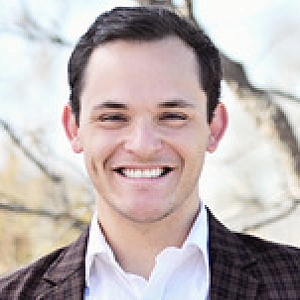
Ezra David Romero
Producer/Reporter

Producer/Reporter
The hardest part of reporting on the health implications of Central Valley rivers was not the research or content, but finding the right characters for the stories. In the end, a radio reporter discovered the best way to find the characters that brought his stories to life was on the river itself.
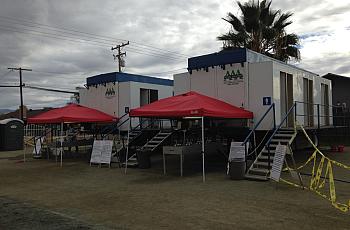
Drought conditions in parts of Central California have become so harsh that it’s normal to turn on the tap have no coming out. Now, some of the town’s residents will have access to something they haven’t had in months — hot showers.

Drought conditions have gotten so bad in California that in some places, turning on the tap and having nothing come out is common. The lack of running water has especially plagued the little farming town of East Porterville in the San Joaquin Valley, leaving scores of homes without working wells.
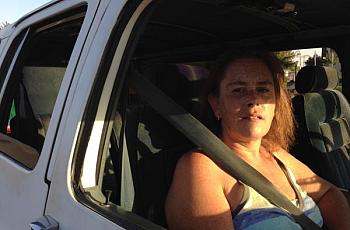
The wells have run dry in one Central Valley community, prompting some to consider packing up and leaving. Other residents like Donna Johnson have volunteered to go door to door, delivering water by hand to residents in need.
More than 200 kids attended camp on the San Joaquin River this summer in the Central Valley. Three years ago, a local trust started the camp in Firebaugh with the goal of changing the perception of the river and the health of the community.

This is part of a Valley Public Radio original series on how the health of rivers impact the health of communities produced as a project for The California Endowment Health Journalism Fellowship, a program of USC's Annenberg School of Journalism.
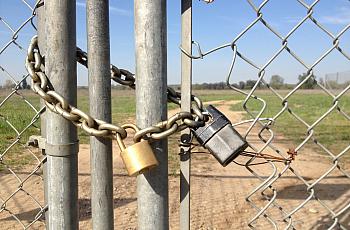
How are rivers and health linked in California's Central Valley? Ezra Romero paddles down the San Joaquin River in Fresno to discuss public access to a natural resource in a city that ranks last in the nation for access to parks and has some of the worst health disparities in the state.
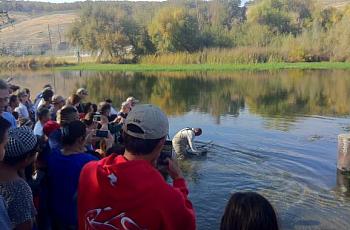
Central California wasn't always the mecca of U.S. agriculture. Historically millions of acres of wetlands shrouded the region, but river diversion for irrigation dried all but five percent of the rivers and streams in the area. We question whether a change in waterways will impact community health.